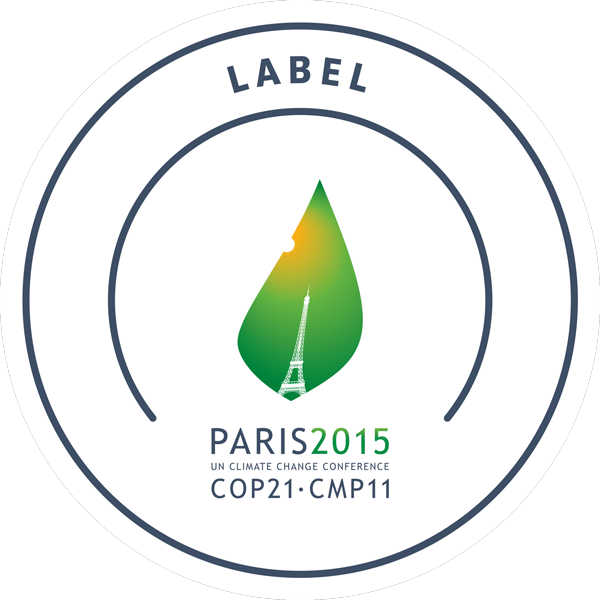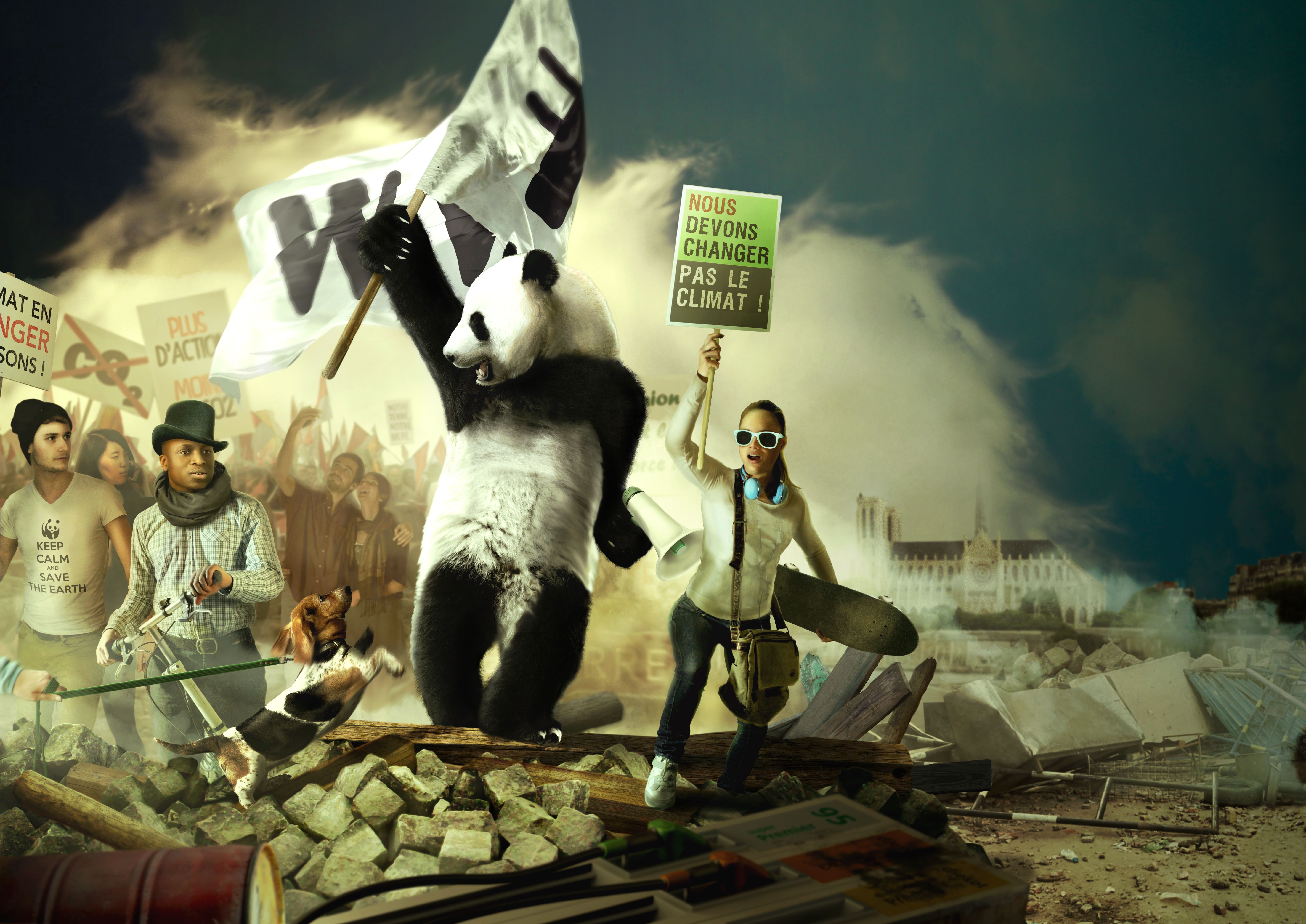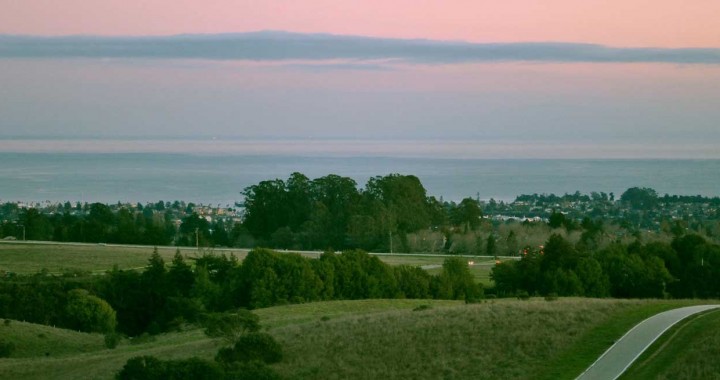Winning Back the Climate:
Activists at COP 21 Plot Move Towards Environmental Justice
November 2, 2015
The United Nations Climate Change Conference in Paris (COP 21) is about a month away. The inadequate results of past COP meetings have further motivated climate justice activists all over the world to confront the very logic of the summit ― a logic which relies on the notion that governmental and non-governmental institutions can successfully unite to create sound environmental policy. Such institutions, which include almost 200 nation-states as well as international bodies such as the World Bank, appear to be putting a lot of effort into projecting a greenwashed image of progress towards climate action. The Eiffel Tower will be lit with pedal power during the COP,[1] the COP 21 logo features a charming green leaf, and NGOs are plastering the walls of metro stations with posters such as the one below.[2] With the knowledge that atmospheric CO2 has risen exponentially since the first COP meeting in 1994, despite the annual efforts of these UN-sponsored meetings, trusting such institutions to facilitate the kind of transformation that is necessary has revealed itself as untenable. It is now clear to many that the UN process, while arguably a measure more useful in its potential global reach than leaving these important decisions to states and corporations, is not likely to bring forth any meaningful changes in climate policy ― not to mention actions that will have concrete impacts on the lives of frontline communities.[3] Activists and community members are therefore preparing to challenge the COP’s failures by taking matters into their own hands.
Fig. 2: World Wildlife Fund poster, 2015
One of the many activist and community-rooted projects coming to Paris, the Climate Games, is co-organized by art activists The Laboratory of Insurrectionary Imagination (Labofii), a collective of French and British members now based in Southern France.[4] While much of their recent work has been arguably more on the Luddite side of activism,[5] with the Climate Games Labofii members are setting aside their critique of technology and putting on their “not so Marxist cloaks.”[6] The Climate Games will allow anyone who wants to be involved to test the possibilities of using a mobile phone application as a tool for mass creative resistance in Paris. The app, which was developed by a tight knit team and will be launched any day now, functions as a tool for finding and sharing direct action targets, facilitating connections between activists (in Paris and theoretically around the world), and collecting documentation. The organizers’ hope is that the tool will help activists both in and outside of Paris to organize and document more effectively through coordinating interventions and avoiding repressive police controls, while operating within the playful framework of a game. The game features visualizations of the “mycelium,” which signifies grassroots activists, against the “meshwork,” signifying the shape-shifting manifestations of capitalism and neoliberalism.
Mycelium, in biological terms, start their lives as spores, connecting into networks of two, then four, and so on, eventually up to millions of interconnected fungi. Each node latches onto points of common connection, while simultaneously branching off into smaller networks. Mycelium are known for both being rich visual examples of networked collaboration, as well as for nourishing other networks ― the mushrooms that often thrive on their surfaces. As mycelium enthusiast and researcher Paul Stamets writes, “Interlacing mosaics of mycelium infuse habitats with information-sharing membranes. The mycelium stays in constant molecular communication with its environment, devising diverse enzymatic and chemical responses to complex challenges.”[7] This behavior is important not only to the process of bioremediation, by which natural organisms (such as mushrooms and sunflowers) are used to clean toxic substances from contaminated habitats, but also as an apt metaphor for the rich networks of creative resistance that could potentially be nourished and strengthened by projects such as the Climate Games.
That said, the Climate Games have not been immune to criticism. The games, which were first organized and test-played by Dutch GroenFront![8] activists in 2014, have been further developed through a series of “hackathons” held at several different locations across Europe since then.[9] While these hackathons have brought about waves of creativity, alliance-building, and far-reaching support, some have also expressed reservations about the games. Does their engagement with mobile technology, mostly embedded in the advanced capitalist economy, contradict their climate justice politics?[10] Do they undermine the degrowth model the organizers also argue for, which encourages turning away from neoliberal, economic “growth” based “solutions” for climate breakdown (such as geo-engineering), and towards sustainable non-extractive methods of collective survival?[11] Can we tear down the master’s house with the master’s tools?[12]
The relationship between technology and social justice has long been tenuous.[13] Yet Labofii activist John Jordan states that rather than completely cut themselves off from technology, Climate Games organizers decided to engage with it strategically ― particularly after looking at examples of its successful use from Gezi Park, the Arab Spring, and Hong Kong Occupy activists.[14] As Climate Games co-organizer Selçuk Balamir states, remaining open to the possibilities that could emerge through unlikely collaborations is “essential to build[ing] postcapitalist cultures.”[15]
Also key to the project is the collaboration with communities enacting what Naomi Klein calls “Blockadia,” the phenomenon of climate-related protest barricades, usually situated close to active or proposed extractive projects.[16] Some anti-extraction activists will join forces in Paris to confront local targets, such as “fossil fuel lobbyists’ hotels” and “corporate events promoting non-existent solutions” on the day of mass collective action, December 12th, and others will engage in solidarity actions in their own communities, performing playful direct actions against the mesh across the globe.[17] The latter is key to ensure this movement is inclusive of those who will experience the most immediate effects of action or inaction ― those on the frontlines of climate change. In her latest book, This Changes Everything: Capitalism vs. the Climate, Klein connects the dots between diverse climate justice movements across the globe, thereby helping to illuminate our collective power. Similarly, one aim of the Climate Games is to unite the efforts of such diverse activists and communities, collectively creating the largest day of civil disobedience for climate justice ever. It is all too appropriate that this year’s summit takes place in Paris, a quintessential example of the burgeoning capitalist metropolis. The ironic counterpoint of this reality, as political history buffs will remind us, is that Paris has a rich and formidable history of creative resistance. As Jordan states:
“Many a revolution has taken shape in Paris and Paris has shaped our ideas of revolution for centuries. […] It was on its medieval streets in the spontaneity of resistance that the rebel architecture of the barricade was invented. It was the first capital city of the modern era to experience a system of ‘real democracy’ and be run by its citizens independently of the state (the Commune). It was in its bars and cafes that the divisions between art and revolution were abolished (Dada, Surrealism, Situationism). It was under its cobble stones that you could find the beach during a riot if you happened to be out in the spring of ’68.”[18]
As Jordan alludes to above, the Climate Games explicitly calls upon the history of Situationism in Paris, particularly in their support of play as a revolutionary practice.[19] This approach encourages activism to be not only critical, but also celebratory, engaging the bodies and minds of activists in ways that move beyond the stereotypical protest and transform them into acts of creative intervention. While some may argue that no one else needs to be playing games with the climate, this mobile app will facilitate the kind of play that could be a crucial resource in the environmental justice movement: directly challenging the institutions and infrastructure that perpetuate climate breakdown with joyful collective acts of nonviolent civil disobedience, prefiguring a world in which climate justice becomes a reality.[20] One way the app can be used is through uploading possible targets to the cartographic database. Potential targets could be anything linked to extractive projects, whether an art institution that accepts sponsorship from oil companies, or a nuclear power station.
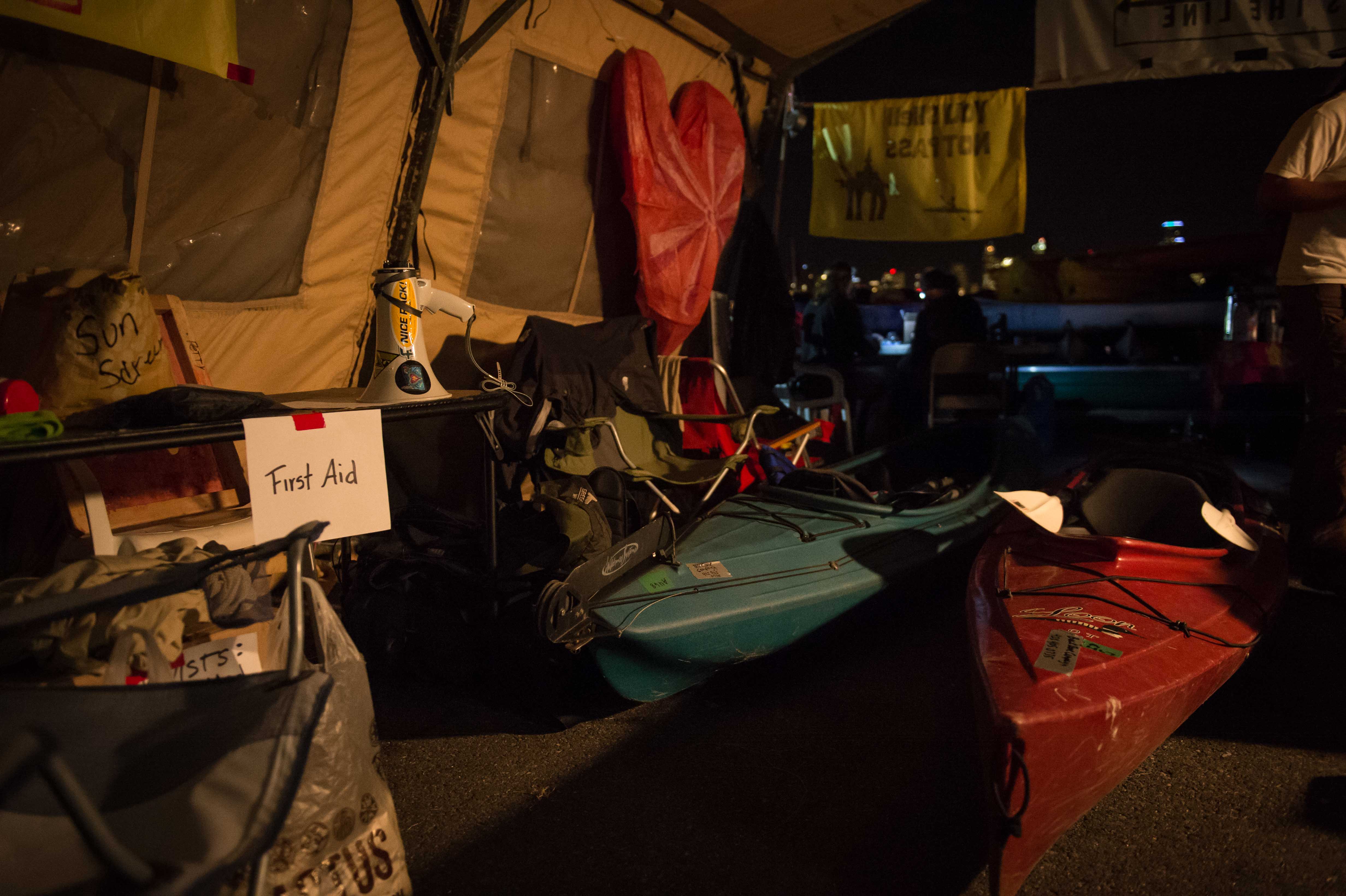 Fig. 4: A peek inside the sHellNo! Flotilla Departure Blockade tent, June 14, 2015 (Photograph by Jeff Dunnicliff)
Fig. 4: A peek inside the sHellNo! Flotilla Departure Blockade tent, June 14, 2015 (Photograph by Jeff Dunnicliff)
With the heightened climate refugee crisis, the results of which have become increasingly visible and therefore un-ignorable in many western countries, the connection between social and environmental justice should be more vivid than ever before. This connection is one that the climate games seeks to explicitly engage. Jordan says he would like to see activists refuse to let UN delegates leave Le Bourget’s COP conference center before passing legislation that will result in concrete changes, particularly for those most vulnerable to the perils of climate change ― low income people of color, Indigenous peoples, women, and refugees.[21] Many argue that these most vulnerable communities are those who should first receive assistance in transitioning to climate just systems.[22] But make no mistake. As Naomi Klein points out, no one is invulnerable to climate change, and “we are [now] all in the sacrifice zone.”[23]
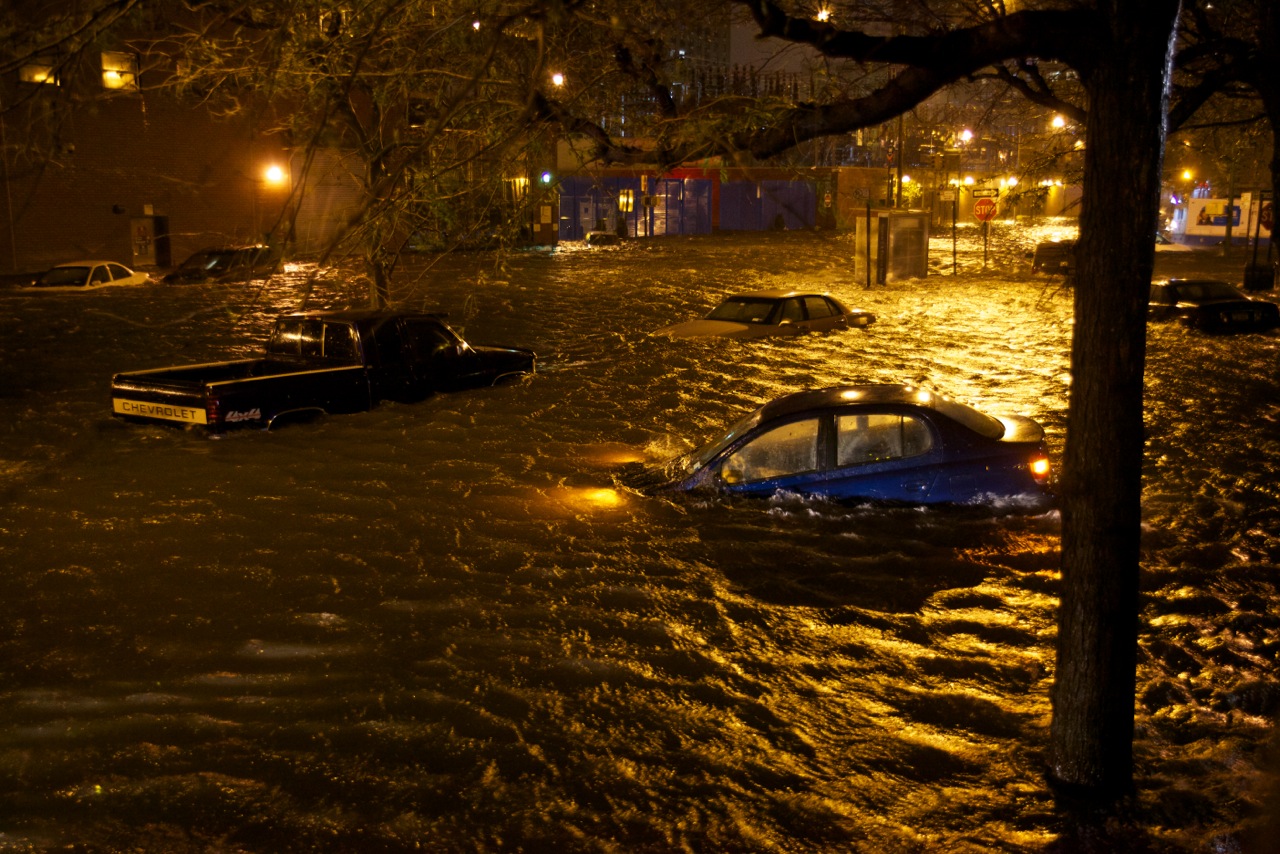 Fig. 5: Hurricane Sandy: Avenue C and 15th Street, October 29, 2012 (Photograph by Matthew Kraus)
Fig. 5: Hurricane Sandy: Avenue C and 15th Street, October 29, 2012 (Photograph by Matthew Kraus)
“We are Nature Defending Itself” is the powerful slogan of the Climate Games. The potent sentence suggests not only an alliance with nature, but also an admission of the inseparability of humans from nature. With this explicit alliance with both human and non-human companions, this activist mycelium could prove to be a powerful force. Through the joining of politics, art, and play, thousands of activists in Paris and beyond will combat the threat of climate breakdown. The possibility that delegates attending the COP will emerge with a just climate deal are slim, particularly considering the COP’s list of sponsors, which includes several banks with connections to fossil fuels such as BNP Paribas, Ikea which has been connected with destruction of old growth forests, car companies BMW and Renault-Nissan, Suez Environment (a waste water management company that profits from cleaning up industrial pollution), electricity company EDF, and Air France.[24] Because of the involvement of such corporations and the high percentage of COP talks sponsored by fossil fuel companies, the COP has come to be known as the “Conference of Polluters.” In such an environment, there is no time to wait for so-called leaders to negotiate our collective future. Drastic action is needed. As Jordan says:
“In this moment of transition between the age of the Holocene and the Capitalocene, on the edge of a civilisation of extinctions and another form of life, at this messy boundary between the fossil fuel era and whatever comes next, there is great potential. We are at a fulcrum point of history, a moment of intense danger and enormous possibility.”[25
Before the games, a coalition of activists and organizations (Coalition Climat 21) will put forth a list of demands ― “Red Lines” ― that are the “minimal necessities for a livable planet.”[26] If those Red Lines are crossed, it will catalyze an activist blockade surrounding the summit building. In a manifestation of popular accountability for government (in)action, thousands of activists will use their bodies, as well as playful and beautiful inflatable red lines, to keep delegates inside the conference center, holding them accountable for promises that have thus far proven empty. A central aim of the Climate Games is to support the successful manifestation of such plans of action. These collective actions also have the potential to change the narrative regarding who has the power to save the earth, “and the narrative is not [that] the corporations and the governments work together to save the planet […]. That’s what we have to really fight against.”[27] As the Women’s Climate Declaration, which was written by a collective of self-identified women activists across the globe, reads: “This is a time for collaboration at a global level as never before required.”[28] See you on December 12th.
Readers may visit ClimateGames.net and 350.org/d12/ for more information and to get involved in the upcoming Climate Games and Red Lines actions. Thank you to John Jordan, T.J. Demos, and Selçuk Balamir for exciting conversations, thoughtful answers, and insightful feedback.
[1] John Jordan, in discussion with the author, August 2015.
[2] This World Wildlife Fund poster explicitly references Eugène Delacroix’s Liberty Leading the People, 1830. The original work was inspired by the July Revolution of 1830, which Climate Games co-organizer John Jordan points out was “one of the most violent popular insurrections ever” (John Jordan, in discussion with the author, August 2015). On its surface, this image encourages an uprising along the lines of France’s rich revolutionary history, but is a far stretch from what mainstream non-profit organizations would usually outwardly support.
[3] The term “frontline communities” has become increasingly prevalent to describe those living in areas where climate breakdown is most intensely and immediately felt, such as farm workers in drought-ridden inland California, inhabitants of small island nations threatened by rising sea levels, and communities subsisting directly from the land. I use the term here with the consciousness that, while it is useful to shed light on the needs of communities in the most urgent need of sustainable transformative action, it can also reinforce a sense of separation from such communities and an unrealistic sense of security in those who are not considered to be on the “frontlines.”
[4] See the Climate Games website for more information and to get involved: https://www.climategames.net/en/home.
[5] One example of such work is L.a.R.o.n.c.e., a center for radical pedagogy, art, and ecology in Brittany, France. See here for more on the project: The Laboratory of Insurrectionary Imagination, “Geographies of Hope” in ed. Amber Hickey, A Guidebook of Alternative Nows (Los Angeles and Leipzig: Journal of Aesthetics and Protest Press, 2012).
[6] John Jordan, in discussion with the author, August 2015.
[7] Paul Stamets, Mycelium Running: How Mushrooms Can Help Save the World (Potter/TenSpeed/Harmony, 2011), 2.
[8] GroenFront! is a Dutch relative of Earth First!
[9] John Jordan, in discussion with the author, August 2015.
[10] The term “climate justice” is important here, as it is rooted in a politics that “demands the inclusive participation of marginalized communities in the global climate negotiation process, and that negotiations reflect the understanding that climate change jeopardizes human rights and exacerbates socio-economic inequalities worldwide. […] See http://globaljusticeecology.org/ . ” (T.J. Demos, “Contemporary Art and the Politics of Ecology: An Introduction,” Third Text, Vol. 27, Issue 1 [January, 2013], 7). The traditional environmental movement was dominated by white, male, privileged activists, and often failed to account for the needs and voices of low income communities and people of color – although these communities were and are often the most impacted by industrial pollution and climate change. Climate justice is closely tied to the commitments of environmental justice, which emerged as a counterpoint to traditional “environmentalism,” and highlights the relationship between social and environmental justice.
[11] Perusing the Research and Degrowth Association’s website provides a good introduction to the basic tenets of the ideas and actions around degrowth: http://www.degrowth.org/definition-2 .
[12] For Audre Lorde’s powerful writings on this question, see: Audre Lorde, Sister Outsider: Essays and Speeches (Crossing Press, 2007), 110–113.
[13] See for instance recent conversations and actions regarding the role of Silicon Valley tech industry workers in Bay Area gentrification. For example: “The Bleaching of San Francisco: Extreme Gentrification and Suburbanized Poverty in the Bay Area,” Truthout, accessed October 4, 2015, Rory Carroll and Mae Ryan, “Homeless on the Steps of Airbnb: The Faces of San Francisco’s Other Story,” The Guardian, March 5, 2015, sec. Technology, and “May Day 2015: Block the Tech Commute,” Indybay, accessed October 4, 2015.
[14] John Jordan, in discussion with the author, August 2015.
[15] Selçuk Balamir, e-mail message to author, September 28, 2015.
[16] Blockadia is “not a specific location on a map but rather a roving transnational conflict zone that is cropping up with increasing frequency and intensity wherever extractive projects are attempting to dig and drill, whether for open-pit mines, or gas tracking, or tar sands oil pipelines.” Naomi Klein, This Changes Everything: Capitalism vs. The Climate (New York: Simon & Schuster, 2014), 295.
[17] FAQS,” Climate Games, accessed October 2, 2015.
[18] John Jordan, personal communication, August 31, 2015.
[19] See for example: “play […] must invade the whole of life” (Trans. Reuben Keehan Internationale Situationniste #1, June 1958.)
[20] Since reading Brett Bloom’s small but strong book on “Petro-subjectivity,” I have decided to use the terminology he uses: “climate breakdown,” rather than “climate change.” This term was originally coined by George Monbiot, who proposes that the term “climate breakdown” more accurately describes what is happening than does “climate change.” The climate always changes, but now “ecosystems are breaking down.” Brett Bloom, Petro-Subjectivity: De-Industrializing Our Sense of Self, (Ft. Wayne: Breakdown Break Down Press, 2015), 92; George Monbiot, Feral: Rewilding the Land, the Sea, and Human Life (Chicago: University Of Chicago Press, 2014).
[21] This action is called “Redlines are not for Crossing” and is being organized by a coalition of groups – NGO’s, grassroots activists, and delegates from the global South – collectively working towards climate justice.
[22] See for instance “The Leap Manifesto,” The Leap Manifesto, accessed October 4, 2015, https://leapmanifesto.org/en/the-leap-manifesto/.
[23] This Changes Everything: Naomi Klein & Avi Lewis Film Re-imagines Vast Challenge of Climate Change,” Democracy Now!, accessed October 4, 2015, http://www.democracynow.org/2015/10/2/this_changes_everything_naomi_klein_avi.
[24] Sponsors,” Climate Action, accessed October 3, 2015, http://www.cop21paris.org/sponsors-and-partners/sponsors and “Les gros pollueurs tiennent la COP 21 par les cordons de la bourse,” Reporterre, accessed October 12, 2015, http://www.reporterre.net/Les-gros-pollueurs-tiennent-la-COP .
[25] John Jordan, personal communication, August 31, 2015.
[26] “REDLINES ARE NOT FOR CROSSING. A GLOBAL BLOCKADIA proposal for the D12 day of action, at the end of the Paris COP21 summit” (working title), 2015.
[27] John Jordan, personal communication, August 31, 2015.
[28] The WECAN Declaration,” WECAN, accessed October 2, 2015, http://www.wecaninternational.org/pages/declaration.
